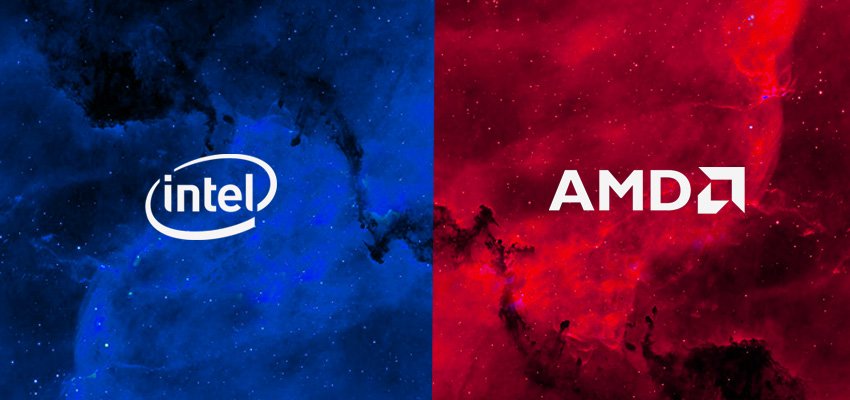
Introduction: Two Giants, One Decision
When it comes to building a PC in 2025, the ultimate face-off remains intel vs amd in 2025. It’s not just about clock speeds or thread counts anymore — it’s about finding the CPU that speaks your language, whether you’re a gamer chasing frames, a creator editing 8K footage, or a multitasker spinning a dozen tabs at once.
This isn’t a war of brands — it’s a matchmaking mission. Let’s break it down and help you choose your silicon soulmate.
Performance Showdown: Power Where It Counts
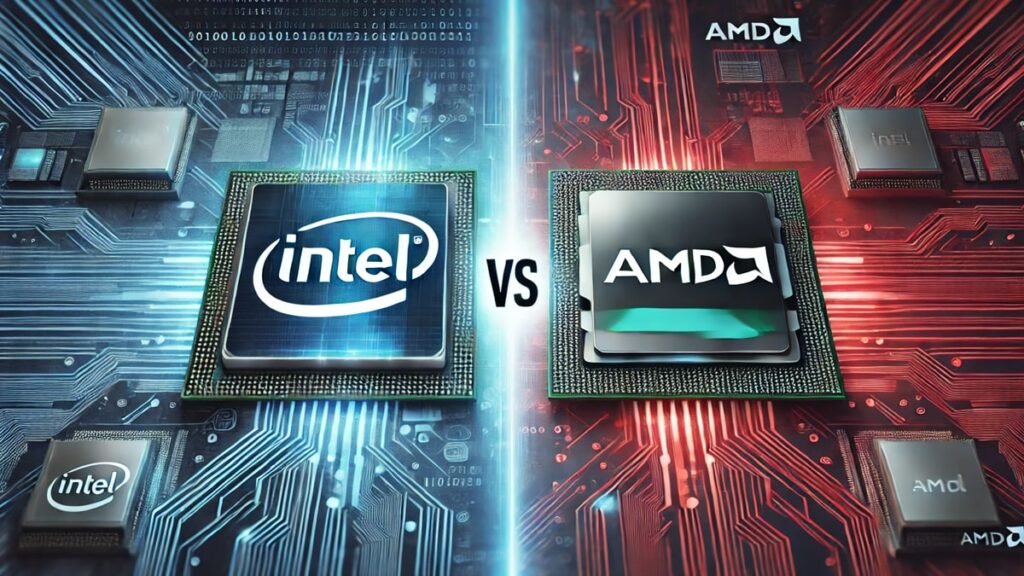
Intel: The King of Quick Decisions
Intel’s latest Core i9-14900K hits a wild 6.0GHz, giving it unmatched single-core muscle. That means faster app launches, snappier response in games like CS:GO and Valorant, and a silky feel when navigating Windows or Adobe tools.
Think of it like a racecar tuned for top speed — fast, responsive, and thrilling.
AMD: The Multitasking Master
AMD’s Ryzen 9 7950X? That beast brings 16 cores and 32 threads to the table. It’s built for battlefields like Blender, DaVinci Resolve, and massive compile jobs.
Like a freight train — slower on the top end, but can haul 100 tons without flinching.
So, in the intel vs amd in 2025 debate, it’s speed vs scale.
Gamers lean Intel. Creators? AMD all day.
Gaming: High FPS or High Value?
Intel: Pure FPS Power
With its hybrid architecture and Performance/Efficiency cores, Intel handles modern games at blazing frame rates. Warzone, Apex, and even Cyberpunk 2077 squeeze every frame out of those top-tier chips.
AMD: Smooth, Smart, and Affordable
AMD counters with the Ryzen 5 7600X and 7700X — CPUs that go toe-to-toe with Intel at 1080p and 1440p, but cost less and run cooler.
Intel might give you 5% more frames, but AMD gives you 15% more budget room for your GPU.
Content Creation: Thread Count Wins

AMD: The Core-Rich Creator’s Choice
Rendering, encoding, 3D modeling — AMD is the go-to for those who live in Adobe or Autodesk land. The 7950X3D with 3D V-Cache is a monster at multi-threaded workloads.
Intel: Still Strong in the Studio
Intel’s hybrid design isn’t just for gamers. Background tasks go to the E-cores, heavy lifting stays with the P-cores. The i7-14700K and i9 series can hold their ground.
If AMD is the film studio, Intel is the fast editor.
Thermals and Efficiency: Who Runs Cooler?
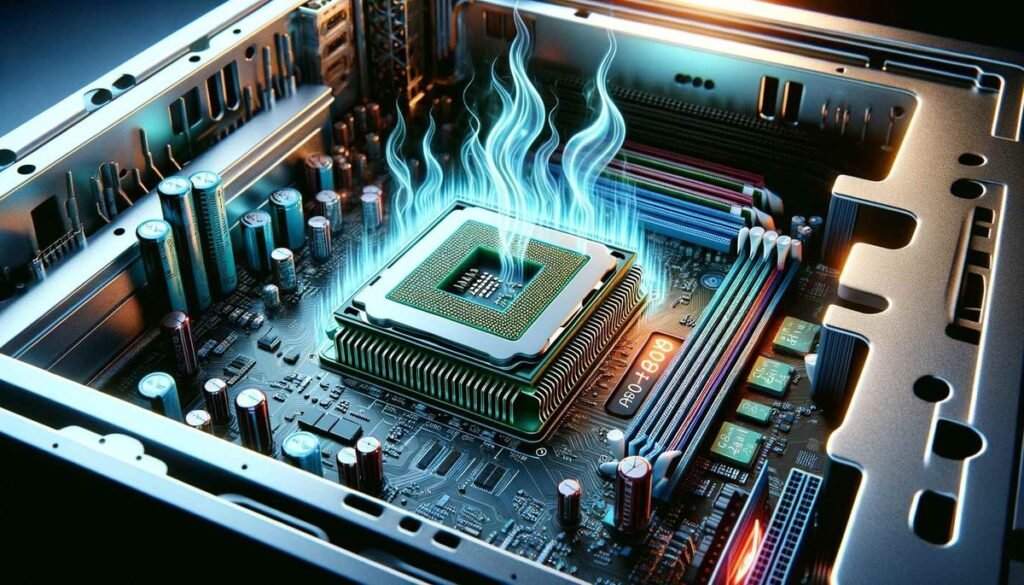
AMD: Cool, Quiet, Clean
Built on a 7nm Zen 4 architecture, AMD CPUs are thermally efficient. Lower power draw = less heat = fewer cooling headaches.
Intel: Beast Mode = Big Power
With great power comes great… TDP. The 14900K can gulp down over 250W under load, requiring serious liquid cooling.
Small case? Quiet build? Go AMD.
Big tower with fans that sound like a jet? Then you’re ready for Intel.
Platform Longevity: Future-Proof or Frequent Upgrades?
AMD: Long-Term Compatibility
AM4 and AM5 sockets mean you can upgrade from a Ryzen 5 to a Ryzen 9 without swapping your motherboard.
Intel: Fast Features, Fast Changes
Intel innovates fast — but that means more socket changes. A new CPU often means a new board, and sometimes even new RAM.
AMD is your long-term partner. Intel is your fast-moving fling.
Integrated Graphics: Plug-and-Play or Not?
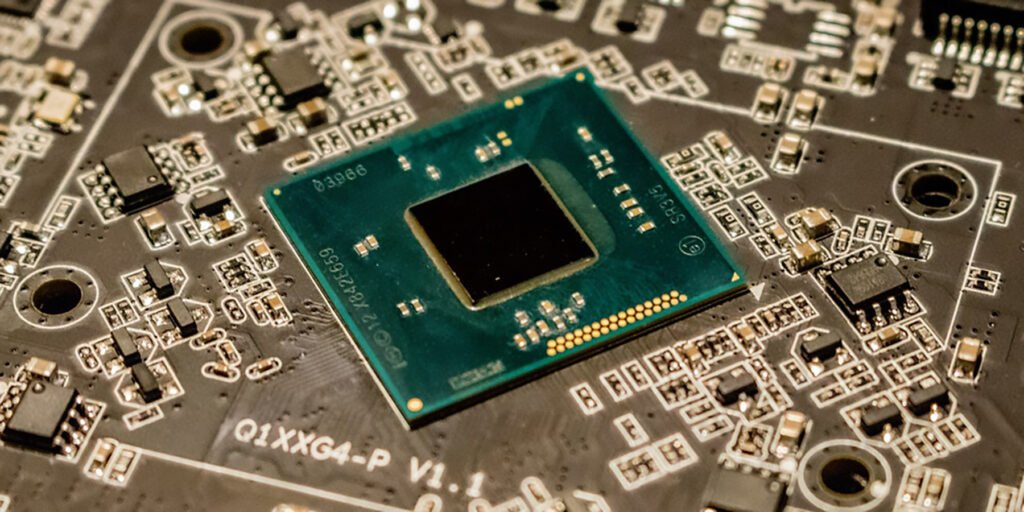
Intel: Built-In iGPU
Most Intel CPUs ship with UHD Graphics — perfect for office PCs, light gaming, or editing without a dedicated GPU.
AMD: Bring Your Own GPU
Most Ryzen CPUs don’t include integrated graphics. You’ll need a GPU unless you pick an APU model like the 5600G.
Overclocking & Customization
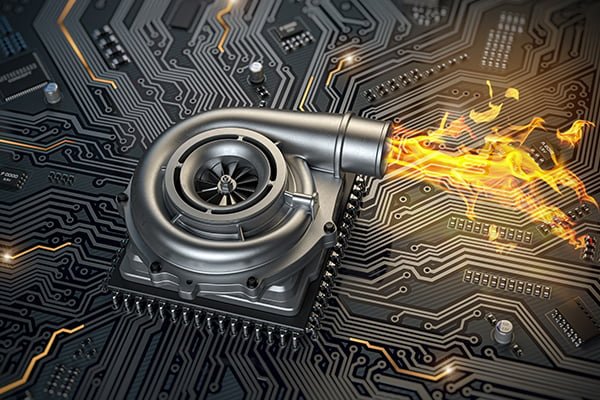
AMD: Unlocked and Ready
Every Ryzen CPU is unlocked — just fire up Ryzen Master and push the limits.
Intel: Pay to Play
Only K-series chips can be overclocked, and you’ll need a Z-series motherboard to do it.
AMD gives you the keys. Intel makes you buy the car upgrade first.
Price vs Value: Who Wins the Wallet War?

AMD: Best Price-to-Performance
More cores. Less cash. AM5 support. AMD is built for budget-conscious builders.
Intel: Premium Polish
You pay more, but you get bleeding-edge features, refined software support, and elite single-core punch.
Final Thoughts: The Right CPU for the Right Mission
So, intel vs amd in 2025 — who wins?
If you chase raw gaming FPS, need quick responsiveness, and want iGPU backup — Intel’s your fighter jet.
If you render, multitask, and future-proof — AMD’s your warship.
No matter which badge you go with, you’re getting cutting-edge tech that’ll serve your build for years.
Just match the chip to your mission — and let your system fly.
Want to see what AMD has to offer for your next build? Explore their official Ryzen desktop processor lineup here:






